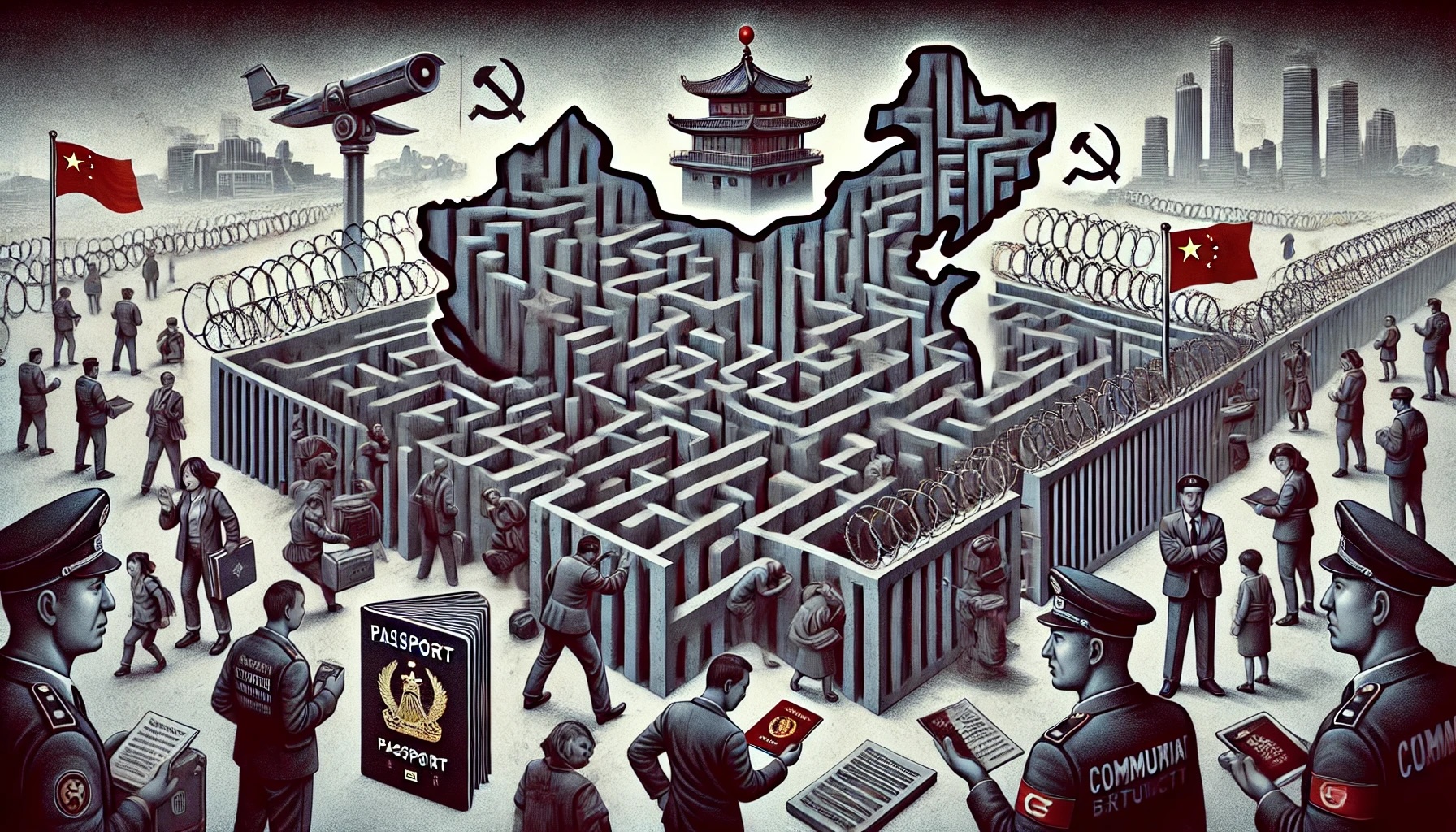Surge in sudden deaths alarms mainland China residents, prompts widespread concern

Throughout April 2025, reports of unexplained and sudden deaths have been quietly but consistently surfacing across various regions of mainland China.
According to accounts shared with The Epoch Times, residents from provinces as far apart as Guangdong, Henan, Liaoning, and Sichuan are describing a rise in cases involving people collapsing unexpectedly—sometimes in public, often at home—without prior signs of illness.
These unsettling patterns are spreading anxiety among communities already weary from the lingering aftershocks of the COVID-19 pandemic and a strained public health system.
The phenomenon, while not officially acknowledged by Chinese authorities, is being pieced together from first-hand testimonies, social media clips that manage to evade censorship, and whispers within tightly-knit neighbourhoods.
Though the exact scale remains elusive, the chorus of concern is growing louder.
A pattern emerges
In late April, a university student in Zhengzhou reported that two of her professors—both seemingly healthy and middle-aged—died suddenly within the span of a week.
Neither had a history of chronic illness, and both reportedly collapsed without warning.
“They were here one day, teaching as usual, and then just gone,” the student said. “No one talks about it officially, but everyone is terrified.”
In another case, a bus driver in Guangzhou reportedly slumped over at the wheel mid-route, causing a minor accident but no passenger injuries.
The driver, in his early 50s, was pronounced dead on arrival at a nearby hospital.
Similar stories of sudden, unexplained deaths have emerged in smaller towns as well, often shrouded in silence, with local officials giving minimal or ambiguous explanations.
The silence from above
As with many sensitive issues in China, information about these cases is hard to verify independently.
State media has remained silent on the issue, and local news outlets are not reporting any significant uptick in mortality rates.
Hospitals and morgues, when approached, refuse to comment or claim to have no unusual activity.
However, screenshots of internal hospital communications—leaked through anonymous accounts—hint at an uptick in cardiovascular emergencies, strokes, and unexplained cardiac arrests.
The language in these documents is cautious, clinical, and avoids any sweeping conclusions, but the message is hard to ignore: something is not right.
The vacuum left by official silence has, predictably, been filled by speculation.
Some fear the resurgence or mutation of a respiratory virus. Others point to lingering effects of COVID-19, suggesting the sudden deaths could be long-delayed complications from earlier infections.
A darker theory circulating on encrypted platforms involves tainted pharmaceuticals or vaccine side effects, though none of these claims have been substantiated.
A fatigued and distrustful public
This latest wave of unease arrives at a time when trust in government narratives remains fragile.
Many citizens recall the early days of the COVID-19 outbreak in late 2019 and early 2020, when the initial spread was denied, whistleblowers were silenced, and data was tightly controlled.
That legacy has not been forgotten, and for many, it colours the way they now process rumours and silence alike.
“People don’t believe the news anymore,” said a retired teacher in Chongqing. “If the government says everything is fine, that’s when you start to worry.”
The issue is not merely fear of illness; it is the uncertainty and opacity surrounding it. In some areas, funeral homes are reportedly working longer hours, and crematoriums have seen increased bookings.
Families are said to be holding quieter, faster memorials—some citing government "recommendations" to avoid large gatherings for safety, a rationale that echoes lockdown-era justifications.
Role of social media
Despite China’s tight control over its digital space, short videos and written posts still manage to circulate, albeit briefly.
Clips showing people collapsing in metro stations, malls, or on busy sidewalks are taken down almost as soon as they appear.
Still, they leave an impression—and screenshots of these moments are preserved in chat groups and alternative platforms.
Social media, though censored, remains the only space where residents can voice their concerns, piece together patterns, and share warnings.
In this respect, the digital underground acts as a kind of parallel press—a place where fear finds expression when state narratives fall silent.
Some users have taken to tracking sudden deaths on personal blogs and message boards, categorising them by region and suspected cause.
These unofficial maps are rudimentary and unverifiable, but their very existence underscores a desperate desire to understand what’s happening in their midst.
Questions with no answers
With no central explanation from health authorities and no investigation announced into the alleged rise in sudden deaths, residents are left to draw their own conclusions.
In tightly controlled environments like China, silence is not interpreted as the absence of a problem—it is often seen as a signal that the problem is serious.
The tragedy of this moment lies not only in the deaths themselves but in the environment that surrounds them: one of suspicion, ambiguity, and collective psychological fatigue.
When even the act of grieving becomes politically sensitive, it is the truth—and the public’s peace of mind—that suffers most.
For now, families mourn in hushed tones, communities speculate in whispers, and the nation waits for answers that may never come.

![From Kathmandu to the World: How Excel Students Are Winning Big [Admission Open]](https://www.nepalaaja.com/img/70194/medium/excel-college-info-eng-nep-2342.jpg)
